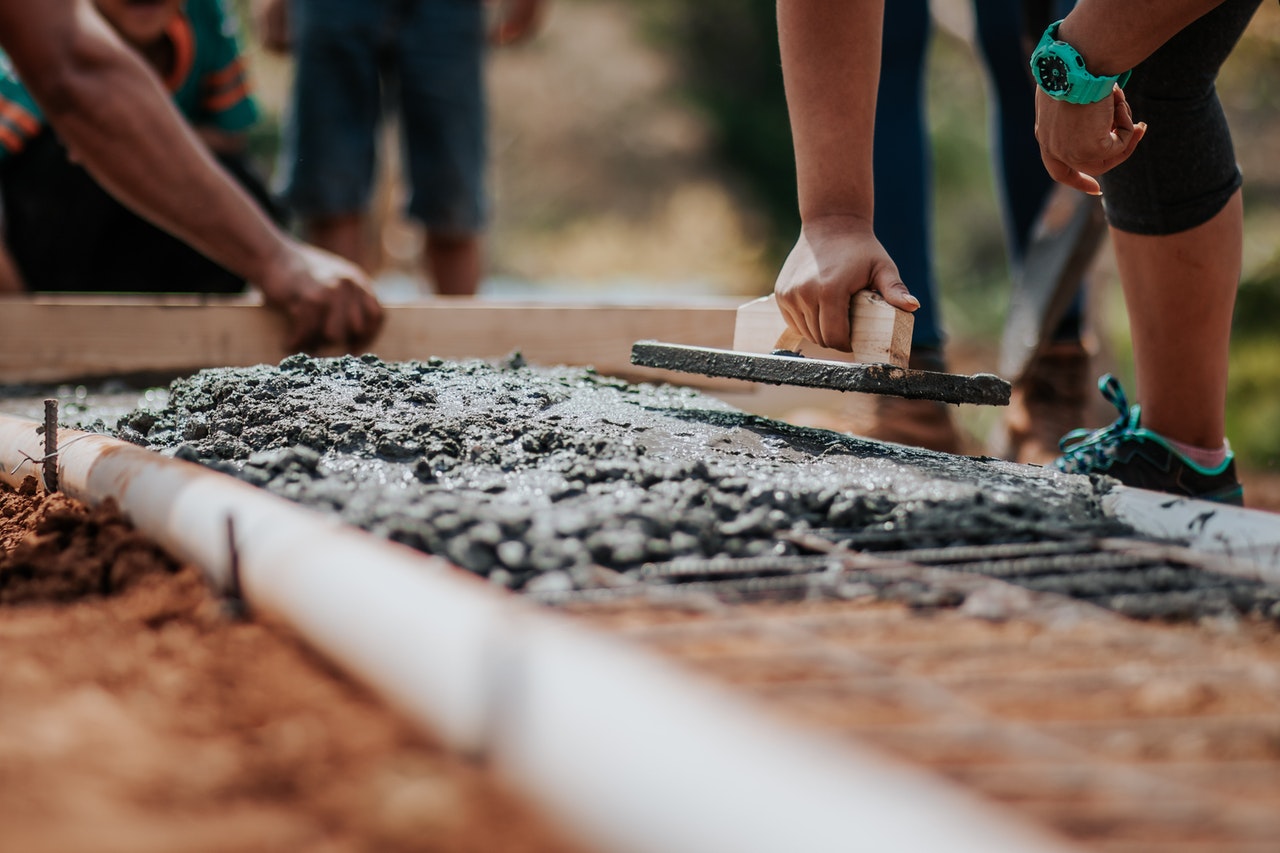Commercial drainage installations vary. Commercial premises can have anything from small septic tanks to large man-made waterways depending on the requirements of the local area. Drainage is often an integral part of construction projects as well, especially larger scale building endeavors where extensive excavation work needs to be done beforehand in order to lay underground pipes which will form part of a complex drainage system. Even smaller-scale commercial projects may need land drain installation services for new buildings if they are being built near existing pipework or other physical structures that cannot easily be adapted/altered by the contractor without causing major inconvenience.
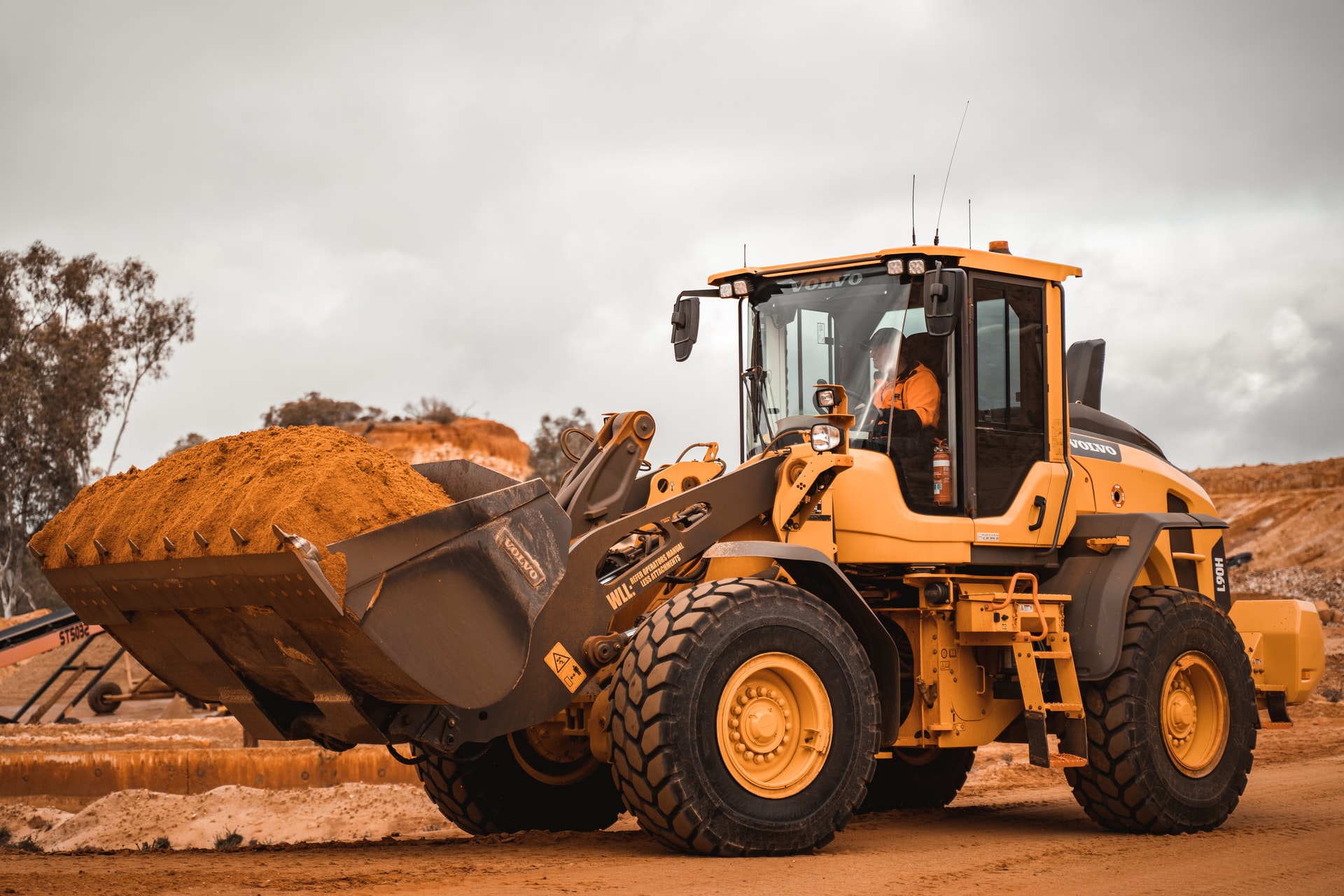
Commercial Drainage Systems
Industrial drainage systems
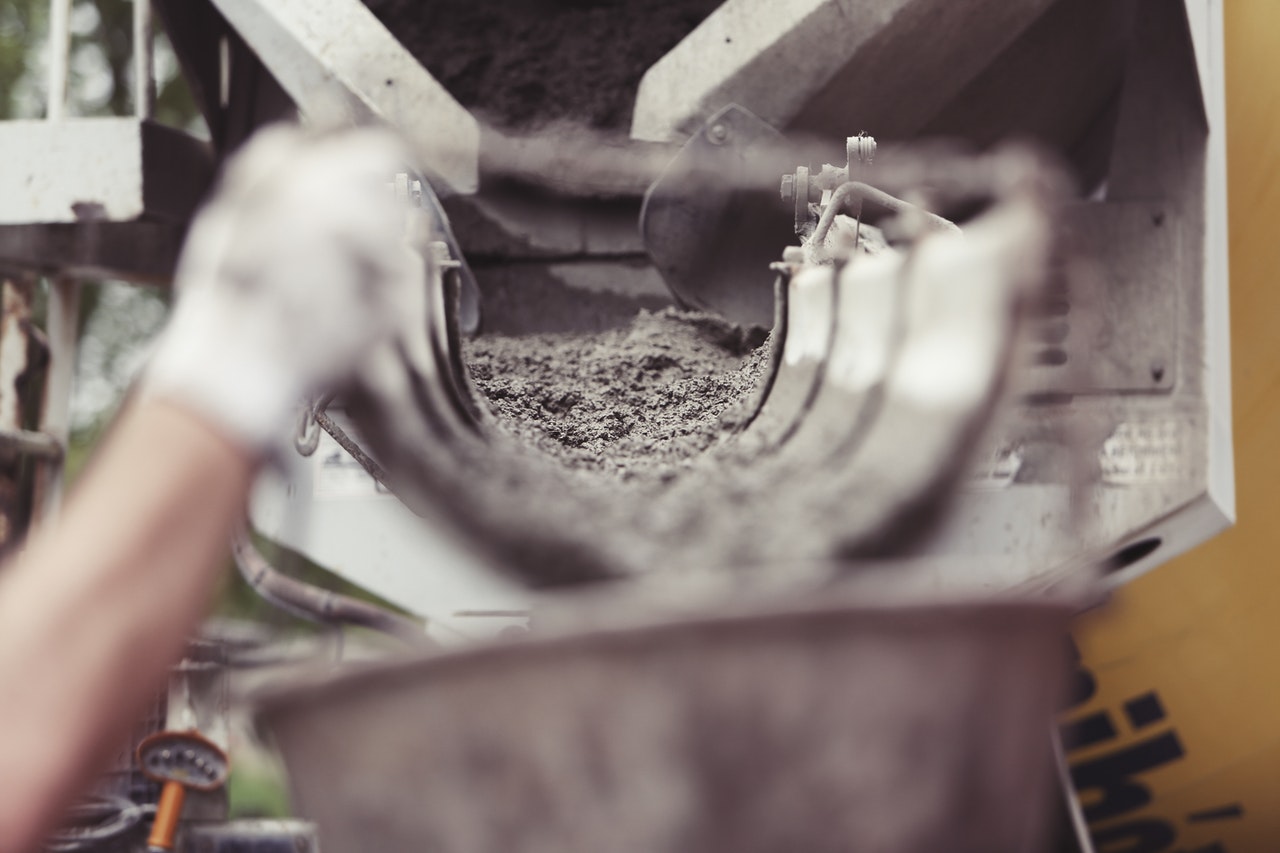
Usually involve the use of heavy equipment and trucks that necessitate road closures and excavations, creating disruption and inconvenience for those living or working in the vicinity. This is different from commercial drainage solutions which are designed with minimal environmental impact in mind. The excavation process can involve a lightweight mechanical digger – or ‘mini digger’ – rather than a larger vehicle, meaning it’s possible to remain inside the boundaries of a construction site while carrying out installation work. In addition, commercial drain contractors will ensure that an area adjacent to any excavated hole/pipe is left undisturbed during installation; this not only reduces operator safety risks, but means it’s easier to replace the excavated soil at a later date.
Land Drainage Installation services
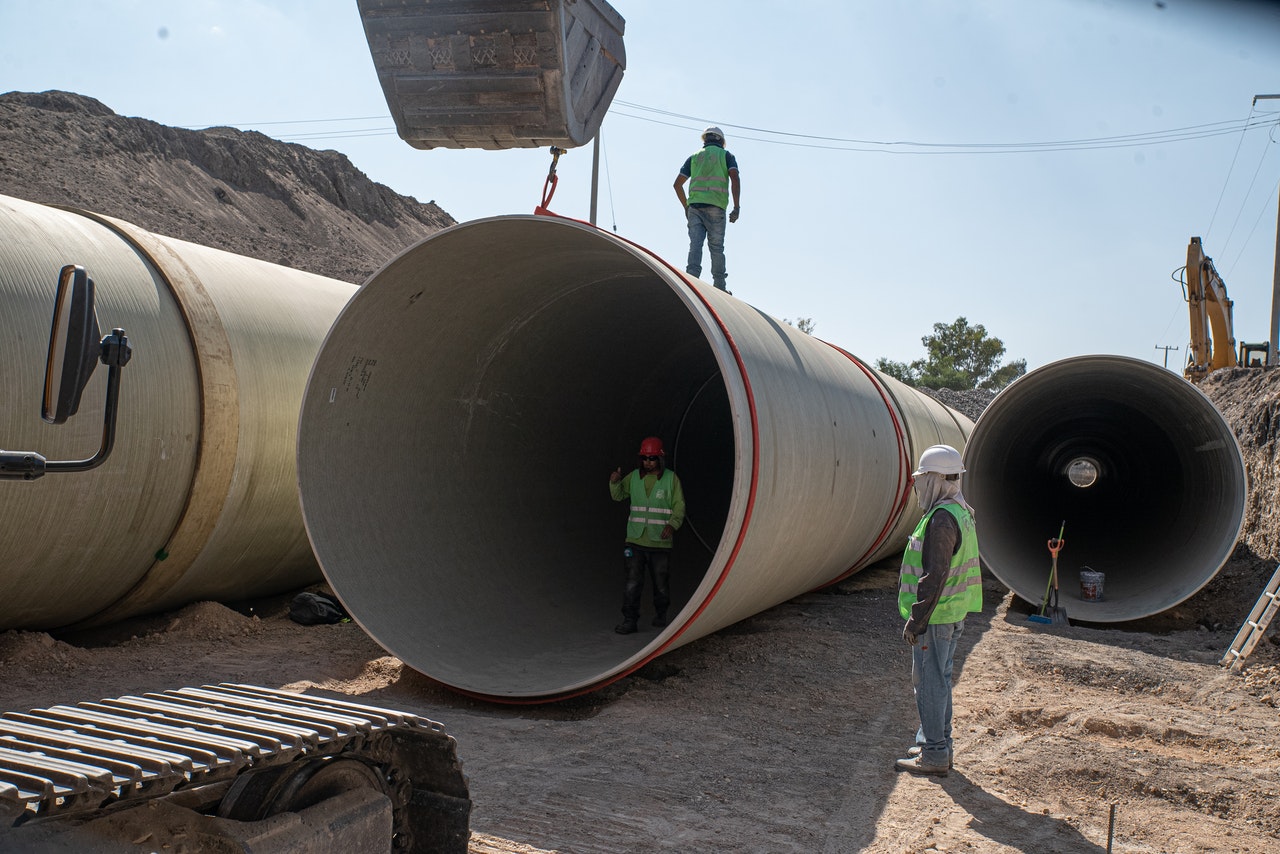

Contact us now. We are your professional and reliable partner at one of the top construction companies Nottingham.
Surface Drainage
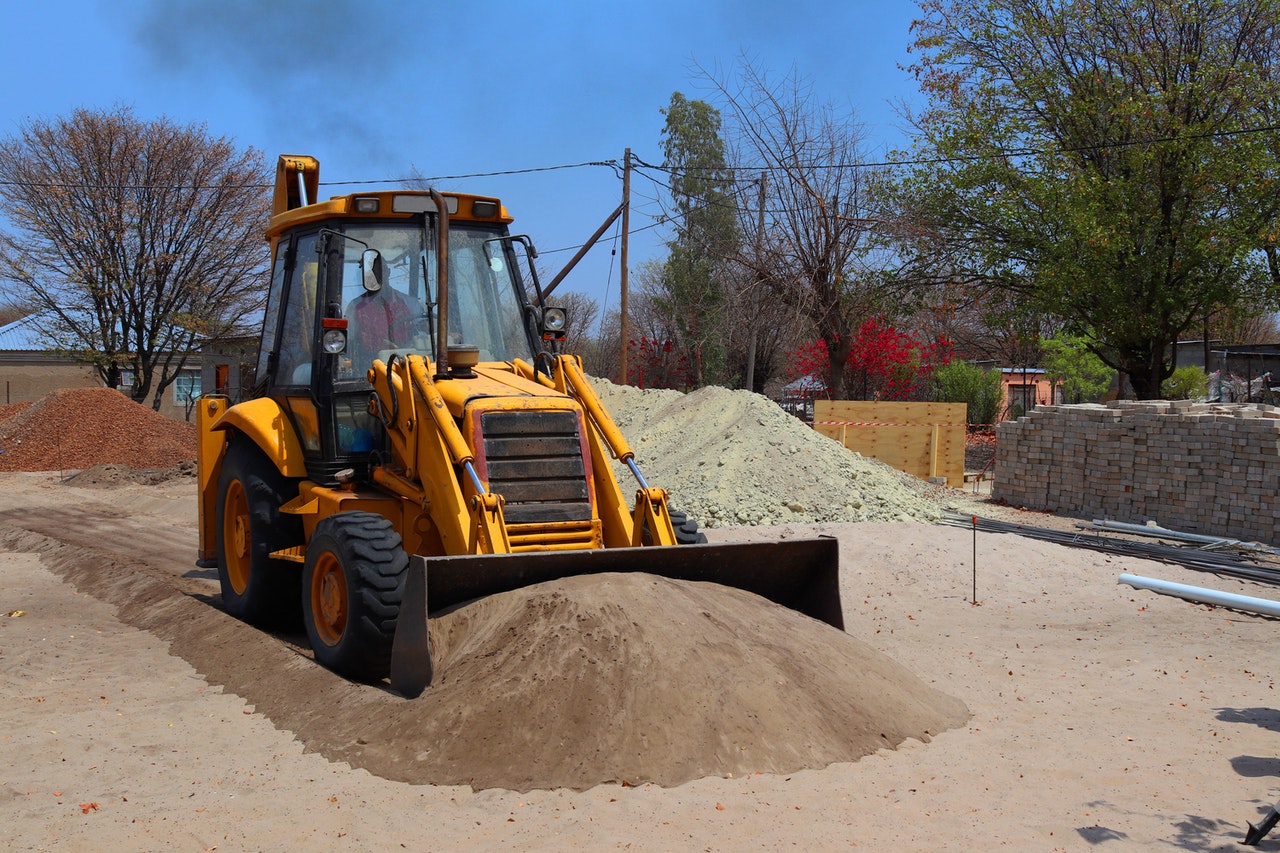
Subsurface Drains: Subsurface drains take the form of gravel-filled trenches that contain perforated or open-jointed pipes. Subsurface drains are laid in the trenches which are then covered with soil so there is no need for further maintenance to them, other than clearing any excess vegetation growing around them.
Deep Drains: Deep drains are installed by either trenching when they are excavated manually using spades or mechanical diggers / mini-diggers, or their use of directional drilling techniques when the installation is undertaken by machine (machine deep drain boring). Both methods involve digging a trench into which a pipe known as an irrigation tube is then inserted and buried at the correct depth below the surface of the ground. The end of this pipe has sharp teeth that help break up the material in front of it and these teeth can be changed and/or sharpened when required.
Soil Drainage Systems
Subsurface/UnderGround Drainage
